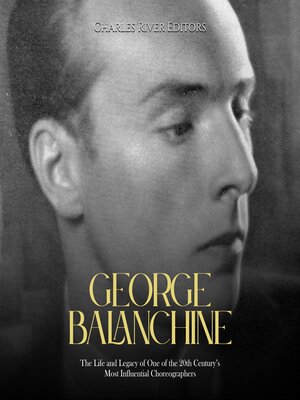George Balanchine
audiobook (Unabridged) ∣ The Life and Legacy of One of the 20th Century's Most Influential Choreographers
By Charles River Editors

Sign up to save your library
With an OverDrive account, you can save your favorite libraries for at-a-glance information about availability. Find out more about OverDrive accounts.
Find this title in Libby, the library reading app by OverDrive.



Search for a digital library with this title
Title found at these libraries:
| Library Name | Distance |
|---|---|
| Loading... |
By the turn of the 20th century, American entertainment was still preoccupied with European-style operetta, as embodied in the works of cellist-composer Victor Herbert. Traditional dance forms moved from European stories to the American prairie in Oklahoma by the late 1940s, and what was once the property of Bavarian princes became the singing standards of cowboys riding through the corn fields in Oh What a Beautiful Morning and Out of My Dreams.
At the time, the availability of classical ballet in America was scant. In contrast to the evolution of an American style in musical theater, Broadway, and film, ballet in the United States was ushered in largely through the efforts of an individual who brought with him a strong traditional sense from Russia and the rest of Europe but was intent on producing a distinctly American style. Other experimentalists appeared, such as Isadora Duncan, but it was George Balanchine who managed to institutionalize and fund both a hybrid traditional as well as experimental form.
Balanchine, although a dancer as well, is today regarded as the "foremost contemporary choreographer in the world of ballet."[1] Despite much work in Russia and other parts of Europe, his eventual relocation to the United States made possible the establishment of an American ballet school and an elite ballet company, the New York City Ballet. In contrast to the fiercely guarded Russian classical style of the Bolshoi Theater, the New York City Ballet featured uniquely choreographed performances to previously unfamiliar musical works. These were approached with a uniquely American style of dance, however steeped in tradition the basic steps may have been.







